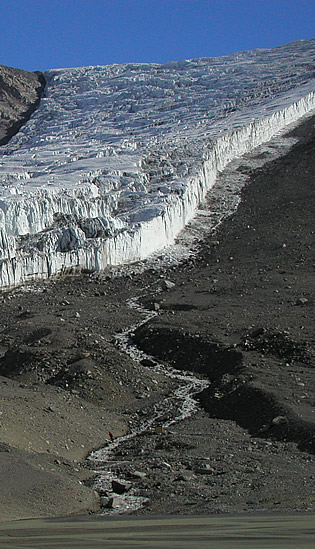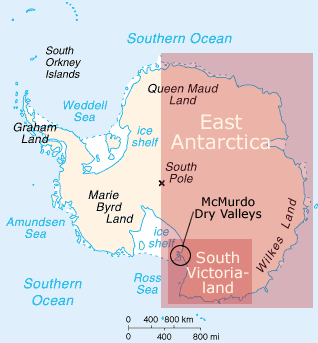What are diatoms?
Algae
Diatoms are single-celled algae found in nearly every aquatic habitat. Their silica (SiO2) walls are one of the features that make them useful as environmental tools in a number of fields, including paleoclimatology, ecology, geology, anthropology, and paleontology.
Proxies
Diatoms have been successfully applied as proxies for a wide range of physico-chemical parameters including:
- pH
- temperature
- salinity
- nutrient concentration
- hydrologic balance
- period of ice-cover
- lake depth
- other parameters
The degree of their utility is dependent upon understanding factors that determine their distribution. Often it has been assumed that ecological tolerance is the most influential to occurrence.
Polar diatoms
Regional distributions
Although it is commonly believed that freshwater diatoms are widely distributed, recent evidence points increasingly to the regional distribution of species.
Arctic and Antarctic geographic regions could not be more widely separated, and in some cases share similar physical extremes in aquatic habitats (e.g. light regimes, temperature). Yet, there is little overlap in species. Out of a total of ~897 taxa of West Antarctic and the Arctic, only ~80 are reported from both polar regions.
Antarctic distributions
In Antarctica, a number of species are endemic to East Antarctica. Lakes of East and West Antarctica share few species in common.
Each taxon listed on this web site is classified as one of the following distribution types:
- South Victorialand endemic (ID: 1)
- East Antarctic endemic (ID: 2)
- Antarctic endemic (ID: 3)
- Southern hemisphere (ID: 4)
- Widespread (ID: 5)
- Unknown (ID: 6)

Lawson Creek. Lawson Creek flows down from the Rhone Glacier onto the Lake Bonney shoreline, Taylor Valley, Dry Valleys, January 2002. Note person in red jacket standing in stream to lower left. This is one of many diatom sampling sites in Taylor Valley. Photo: Lee Turner

Antarctica. Two diatom distribution areas are highlighted in red. Basemap: Perry-Castaņeda Library Map Collection

